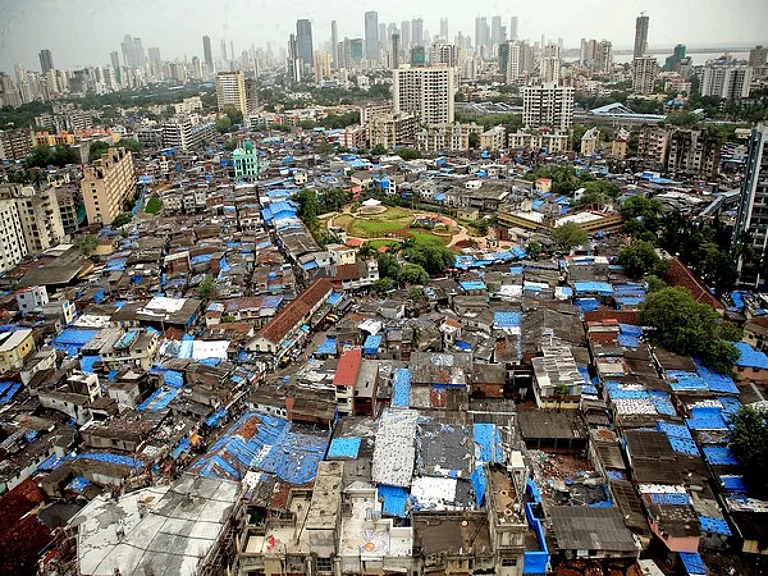BMC latest affordable housing lottery has drawn surprisingly weak interest.
This reflects in the mindset shift of homebuyers.
Officials say that the process must continue to maintain transparency and predictability.
Muted Interest In BMC Lottery Signals Shift in Mumbai’s Budget Housing Demand
The BMC’s latest affordable housing lottery has attracted just 2,037 applicants for 426 flats, marking one of the weakest responses in recent years. High prices, underwhelming locations, and growing buyer scepticism appear to have dampened interest. Despite this, officials will proceed with the draw as scheduled to maintain transparency.
Brihanmumbai Municipal Corporation's (BMC) latest affordable housing lottery has drawn surprisingly weak interest this year. With just 2,037 applicants eyeing 426 flats. It is outnumbered, but as per old results, these numbers are very low for a city where demand for budget homes usually overwhelms supply. This muted number has raised questions about affordability, location choices, and the effectiveness of the public-housing model in Mumbai. Despite this low response, officials have announced that the results and lottery draw will proceed just as planned. This signals that the civic body is keen to move ahead rather than give another chance to potential applicants.
Reasons For This Low Turnout
The factor that seems reasonable for this poor turnout is likely the cost of the housing offered. Even though these were announced as 'affordable', several units were priced higher than what middle-income households expected or could afford. Their expectation from state-backed housing was somehow compared to Maharashtra Housing and Area Development Authority (MHADA) and City and Industrial Development Corporation of Maharashtra Limited (CIDCO) projects, which are priced even lower.
Secondly, the cost-to-size ratio did not match, adding to which were the substantial registration fees and the need for immediate financial readiness. For buyers who were already stretched by inflation and the financial readiness it required. These numbers became a return point for a lot of interested applicants.
This reflects in the mindset shift of homebuyers; middle-class buyers are not giving into the appeal of these lotteries, and they are selective with their preferences. They also have a preference in the resale market, due to being able to inspect and explore property options as per their needs.
In suburban areas, private developers are offering competitive payment plans, discounts, and amenities that government-built housing can match.
Another factor that quietly influences low participation in BMC housing schemes is the quality of the construction. Past beneficiaries of public housing have publicly raised issues ranging from leakages to structural wear within a few years of possession. When spending lakhs, buyers tend to gravitate towards credibility and long-term value.
Despite the low turnout, BMC is moving ahead with the draw. Officials say that the process must continue to maintain transparency and predictability. Scrapping or postponing would undermine trust among those who have applied after making money arrangements.

